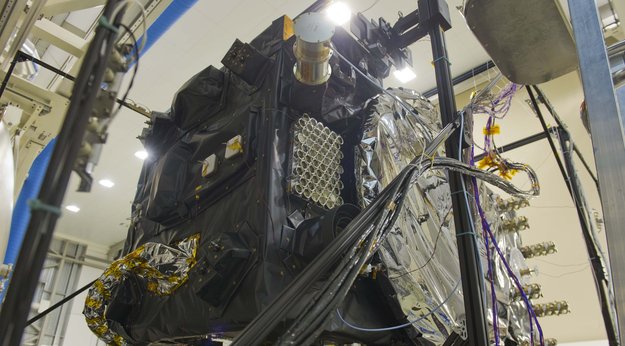ESA has awarded an €800,000 NAVISP (Navigation, Innovation and Support Program) contract to Celestia UK for the development of an innovative PNT solution, based on LEO satellite constellations for 5G networks and applications.
The project will use LEO satellite signals to provide a resilient position and time reference for 5G networks, boosting the reliability and performance of GNSS signals. The project will be carried out in partnership with Scotland’s Heriot-Watt University and The Scotland 5G Center. The organization, through the S5GConnect Program, is currently providing businesses access to 5G services through a national network of innovation hubs.
Meanwhile, time and synchronization are fundamental building blocks in 5G and GNSS systems, playing a pivotal role in network operation. However, the vulnerable to interference of GNSS remains a concern. Signals can be blocked by objects such as tall buildings or trees, and can be jammed or spoofed intentionally. GNSS signals may also require augmentation and correction with supplementary technology, depending on the level of reliability required.
Celestia UK, based in Oxfordshire, will develop a multi-GNSS constellation receiver compatible with LEO satellite signals of opportunity (SoOps), and it will test the solution via 5G networks. A prototype will be produced to validate the product design and technology development. Project partners will look for additional applications of the technology to other critical infrastructure after the initial ESA NAVISP roll-out.
Heriot-Watt University brings extensive knowledge in Satcoms and Digital Signal Processing to the partnership, while The Scotland 5G Center is the national centre for accelerating the deployment and adoption of 5G and realizing its economic and societal potential for Scotland.
In a recent communication, Malachy Devlin, CEO of Celestia UK said his company was looking forward to collaborating with ESA and the other partners in a challenging project that will deliver a future-proofed solution with scope for considerable commercial application.
Ian Sharp, Head of Business Development at The Scotland 5G Center said tat while 5G is widely expected to support higher data throughput and interactive services through reduced latency, it also has the potential to provide new possibilities for positioning, navigation and timing (PNT). Use of advanced antennas and satellite positioning will be critical, Sharp said, for outdoor applications where precise navigation is essential to meet safety requirements for the likes of drone navigation and autonomous vehicles.
Above image: Malachy Devlin, CEO Celestia UK. Courtesy of Celestia UK.






